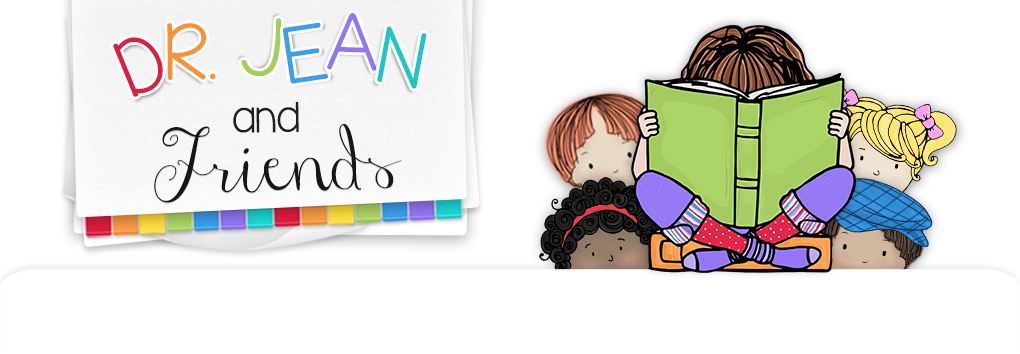L.K.5
-Identify real-life connections between words and their use (e.g. note places at school that are colorful).
-Identify real-life connections between words and their use (e.g. note places at school that are colorful).
Logographic
Reading – Ask children to cut out words that they can read from old
magazines or newspapers. Label a
poster “We Can Read” and have the children glue their words to the poster.
*Children could also make individual “I Can Read” books at home with their parents.
School Supply
Catalogs - Use pictures from school supply catalogs for classroom labels
and center signs.
Photos from
School and Community – Take pictures around your school and community and
use them for a bulletin board or a book.
For example: Look! Look! It’s the
U.S. Post Office.
Old Mother Hubbard - Ask children to bring in boxes from their favorite foods. Put Old Mother Hubbard's rhyme at the top of each page and glue the label under it. Invite children to say the rhyme and "read" the logo.
Old Mother Hubbard - Ask children to bring in boxes from their favorite foods. Put Old Mother Hubbard's rhyme at the top of each page and glue the label under it. Invite children to say the rhyme and "read" the logo.
Deck the Room
– Go on a “word hunt” around the school and see if you can find an object or
word for each letter of the alphabet.
Write these down and use them to sing this song to the tune of “Deck the
Hall.”
Deck the room
with letters and sounds.
Abcdefg
Listen up and
look around.
Hijklmnop
Get a book and
you will see
Qrstuv
Words and letters
read with me
Wxyz
A for alphabet
/a/a/a/
B for boys
/b/b/b/b/
C for cafeteria D
for door
E for exit F
for fun
G for girls H
for hall
I for inch J
for jump rope
K for kids L
for library
M for music N
for note
O for office P
for P.E.
Q for quiet R
for restroom
S for singing T
for teacher
U for understand V
for voices
W for worksheets X
“x” marks the spot
Y for yellow Z
the end of the alphabet
*Take photographs
of different signs in your school or community and use them to make an alphabet
book .
Box Tops –
Have children bring in empty food boxes from home. Cut the
fronts and backs
off the boxes. Mix them up, and
then ask the children to match the fronts and the backs. You could also play a memory game with
the box tops.
Clothes –
Read labels on clothes children wear to school, such as T-shirts, sports shoes,
etc.
We Eat - Ask children to bring in bags and logos from restaurants. Bind these together to make a book called "We Eat."






